Finish Line Chasers: Cam Brown
At 47, Cam Brown continues to inspire with nearly 70 Ironman finishes, proving that passion and perseverance defy age.

Much has been written about Cam Brown’s accomplishment’s in the sport of triathlon, and rightly so. When you think of triathlon, the level of commitment required to perform year after year at the top is hard to believe. At 47, Cam Brown has completed nearly 70 Ironman races, and when, or if, he ever stops turning up to the start line, he will go down as one of the greatest triathletes the world has ever seen.
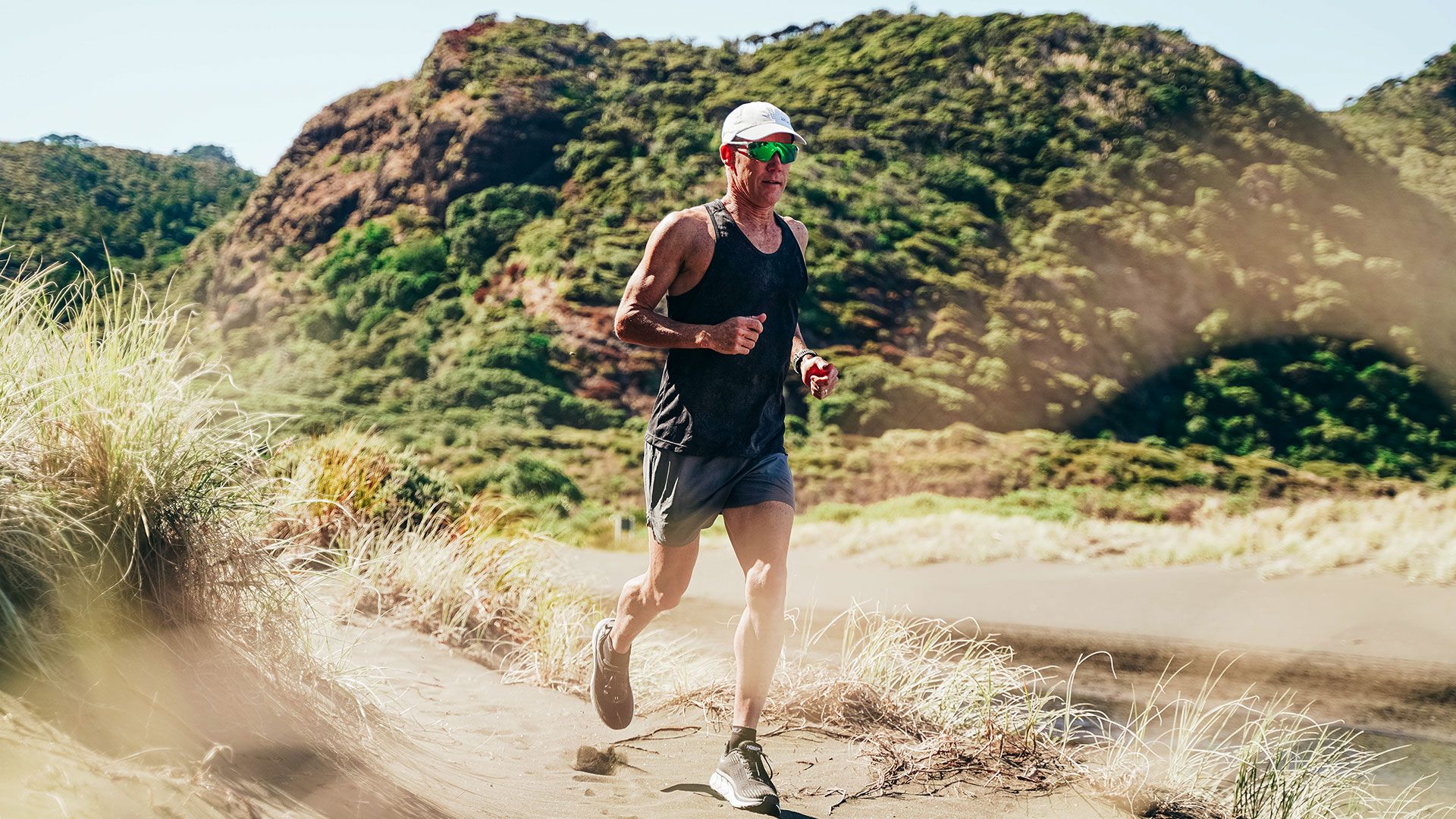
Given Cam’s extensive list of achievements, it would be easy to excuse an over-confident demeanour. But, one of the first things you notice about Cam is that he is fully present and immersed in the moment. It’s this character, along with his humility, that gives you a comforting sense of reassurance that even in the presence of triathlon royalty, life is fairly simple.
After his 23rd Ironman New Zealand, I spent some time with Cam as he recovered and talked about the past, present and future.
LO: So, a few days post IMNZ, how are the body and mind feeling?
CB: The body is slowly coming right. I was sore for three days but finally the legs are feeling much better. I had three days totally off and today jumped back in the pool for my first swim, I will try to do a run and bike in the next few days. As I’ve aged, I’ve learnt that I need to keep my body moving or I risk injury if I stop for too long. It’s kind of funny when you think about it – the older I get the more I must keep moving!
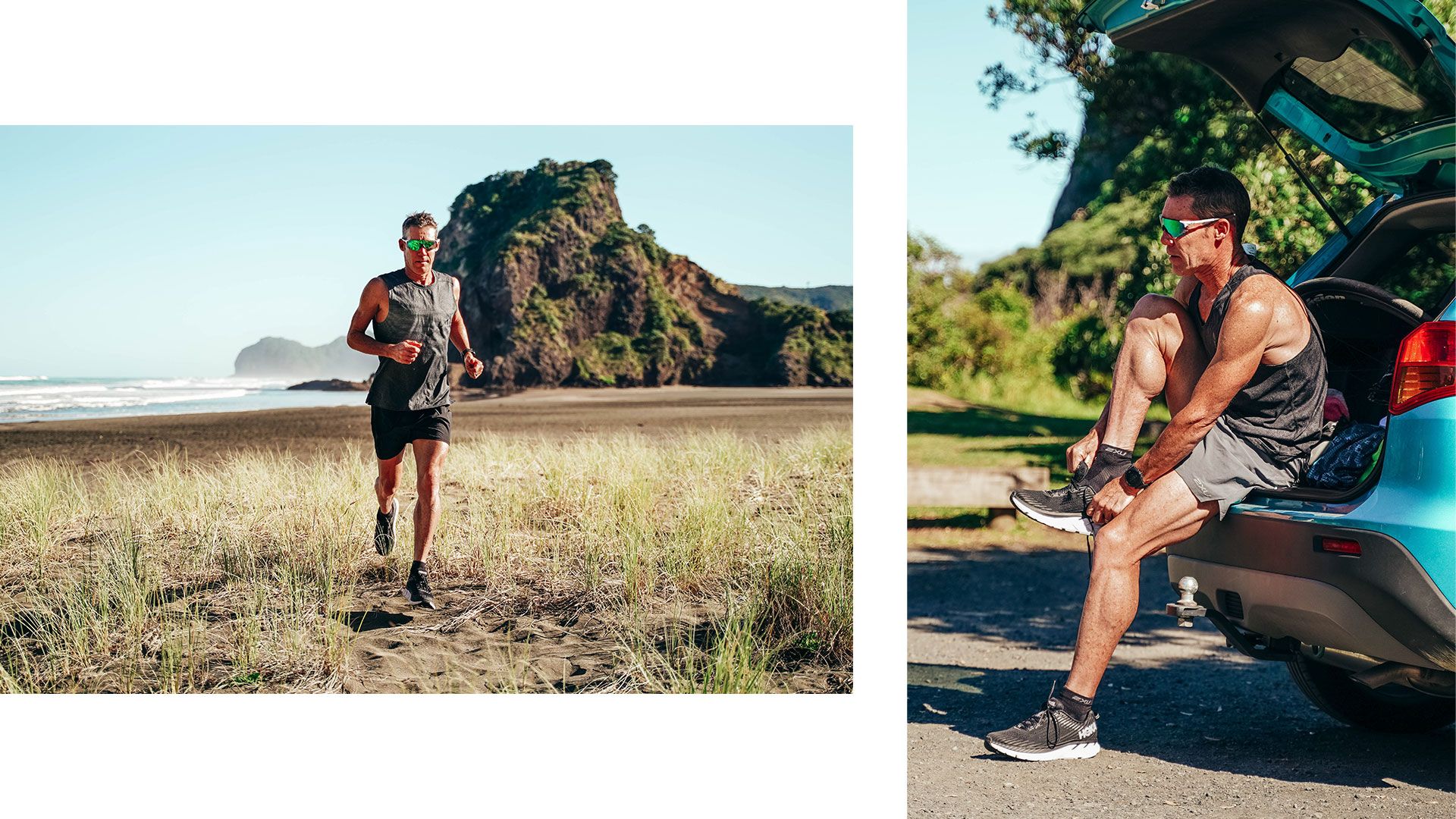
I’ve started planning my next Ironman which is probably going to be Cairns in June and hopefully a few Half Ironman’s in April and May. [Interview was held pre Covid-19 Outbreak – these races have subsequently been postponed and Cam like the rest of us is awaiting the rescheduling of races and events once the endemic has passed]
LO: Did the race unfold like you felt it would?
CB: I had a shocking start – the first 15-20 minutes of the swim were the worst! For some reason my goggles decided to fog up and I couldn’t see anything, I almost had a panic attack. So, I decided to just calm down and swim on some feet, I had to touch the feet of the swimmer in front of me for quite some time just so I knew I was swimming straight. Finally, my googles cleared about 2km in and I tried to make up for lost time.
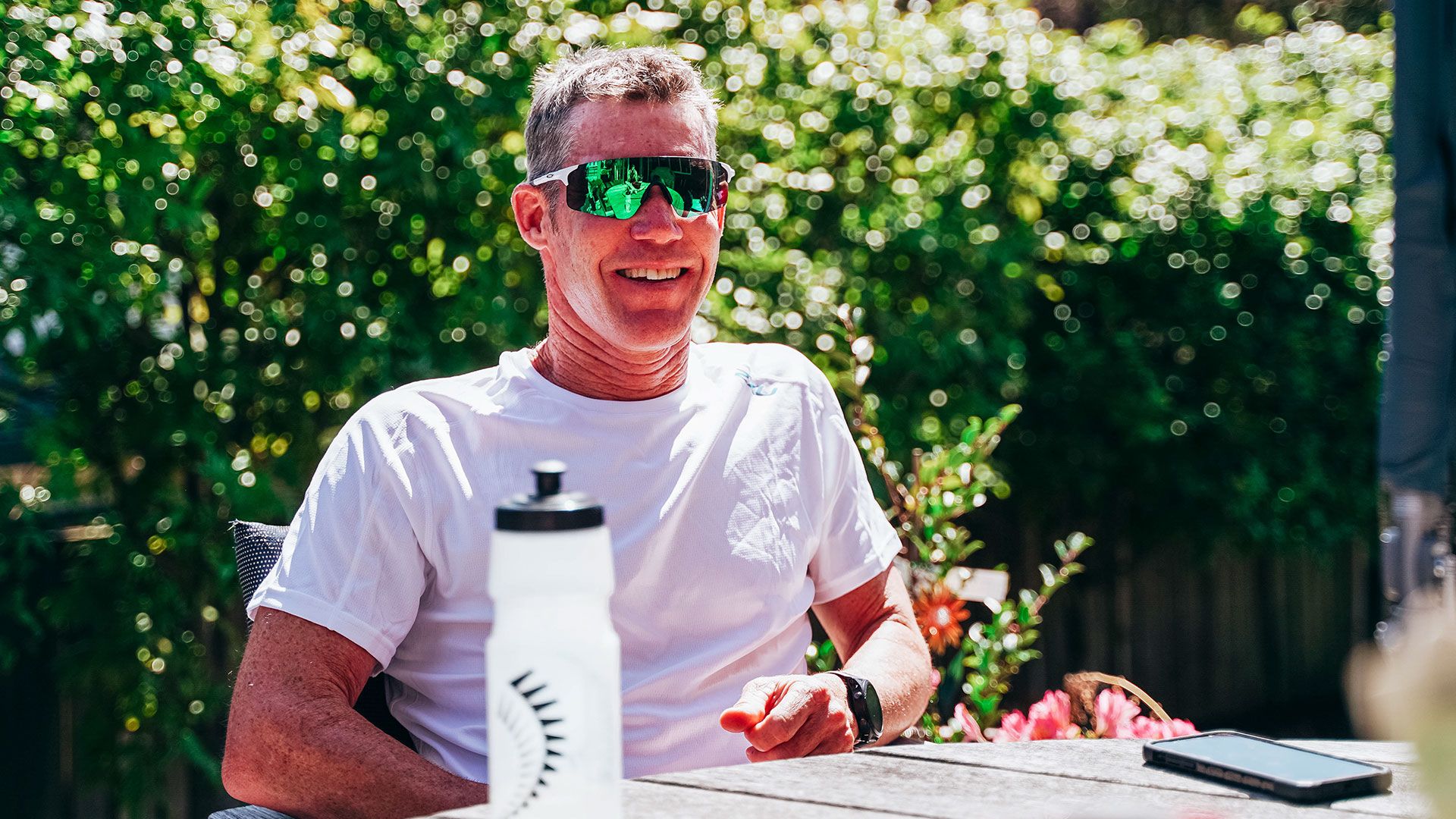
Moving through transition and onto the bike I was in good company with England’s Joe Skipper, and Phillip Koutny from Switzerland who both finished top ten in Hawaii last year. We were four minutes down out of the water behind the leaders and started the bike like a half Ironman race going through the first 90km in around 2:06hr. I knew this wasn’t sustainable for me so that was where I dropped off and rode the last 90km solo to transition.
I found myself twelve minutes down on Joe and Phillip and was in 7th position. The early stages of the run were okay, but I didn’t have my normal run strength in my legs. After a calf-tear a few months ago, I was unable to run for seven weeks, and only had six weeks to build up to IMNZ. I managed to get into 5th place with 7km to go but was passed in the final 1500m when I completely fell apart and ended up crossing the line in 6th position, which I’m pretty happy with given the limited run build up and the fact I’m nearly 48 years old!
“As I’ve aged, I’ve learnt that I need to keep my body moving or I risk injury if I stop for too long. It’s kind of funny when you think about it – the older I get the more I must keep moving!”
LO: Yes, your veteran status is quite well documented. I’d imagine that after many years involved in the sport the dynamic of racing has changed quite a lot.
CB: The swim and run legs haven’t changed much, we’re still doing similar times to what we were doing 20-30yrs ago. It’s the bike leg that has completely changed racing – it’s so much faster now. Aerodynamics have played a massive part in this along with lighter, stronger and faster components like wheels, frames and electronic gearing. Pretty much everything is made from carbon on today’s bikes – gone are the days of steel bikes and manual shifting.
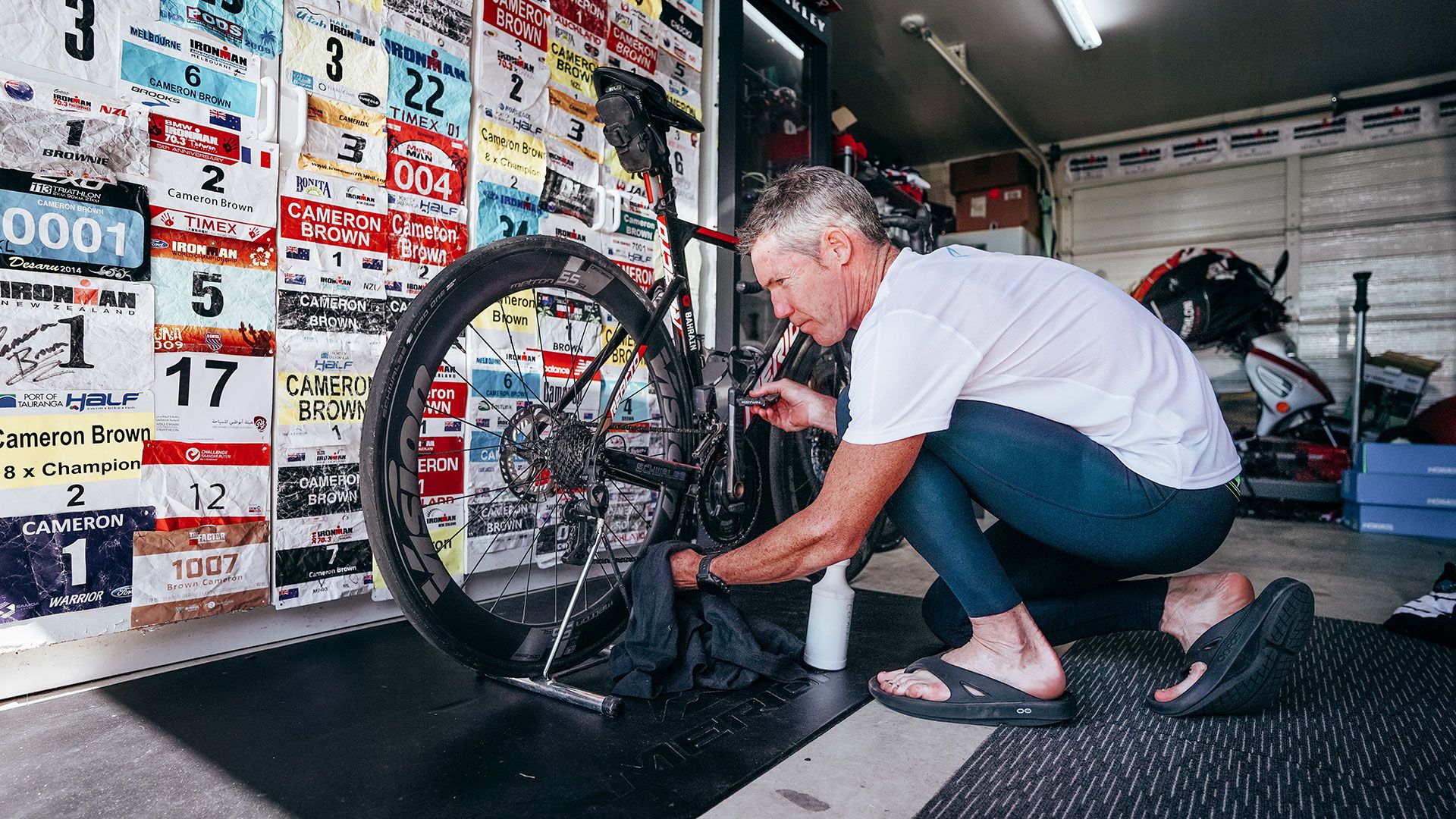
LO: Let’s rewind to a young Cam Brown – what got you into the sport of triathlon?
CB: I tried every sport out there with Rugby first, then tennis, badminton, soccer, table tennis, running, but then I watched the 1986 tour de France on TV and started biking to school like it was a time trial every morning. I then I moved schools, to Pakuranga College where I had a teacher by the name of Patsy Lambert. Patsy was trying to get kids into the sport of Triathlon, so I had a go and I was hooked straight away.
I also watched the 1987 New Zealand Ironman and was just in amazed by the event – I knew someday I would race it. Patsy still calls me before every race to wish me good luck, it reminds why I got into the sport in the first place – for the fun.
“Patsy still calls me before every race to wish me good luck, it reminds why I got into the sport in the first place – for the fun.”
LO: Would you call your progression in the sport a natural one?
CB: I was lucky when I started the sport of Triathlon as it was just really taking off and there were so many races every weekend. We also had Rick Wells and Erin Baker who won the 1987 World Triathlon Championships in Perth and were household names in NZ. It was pretty cool to be a 15yr old and on the start line with your heroes.
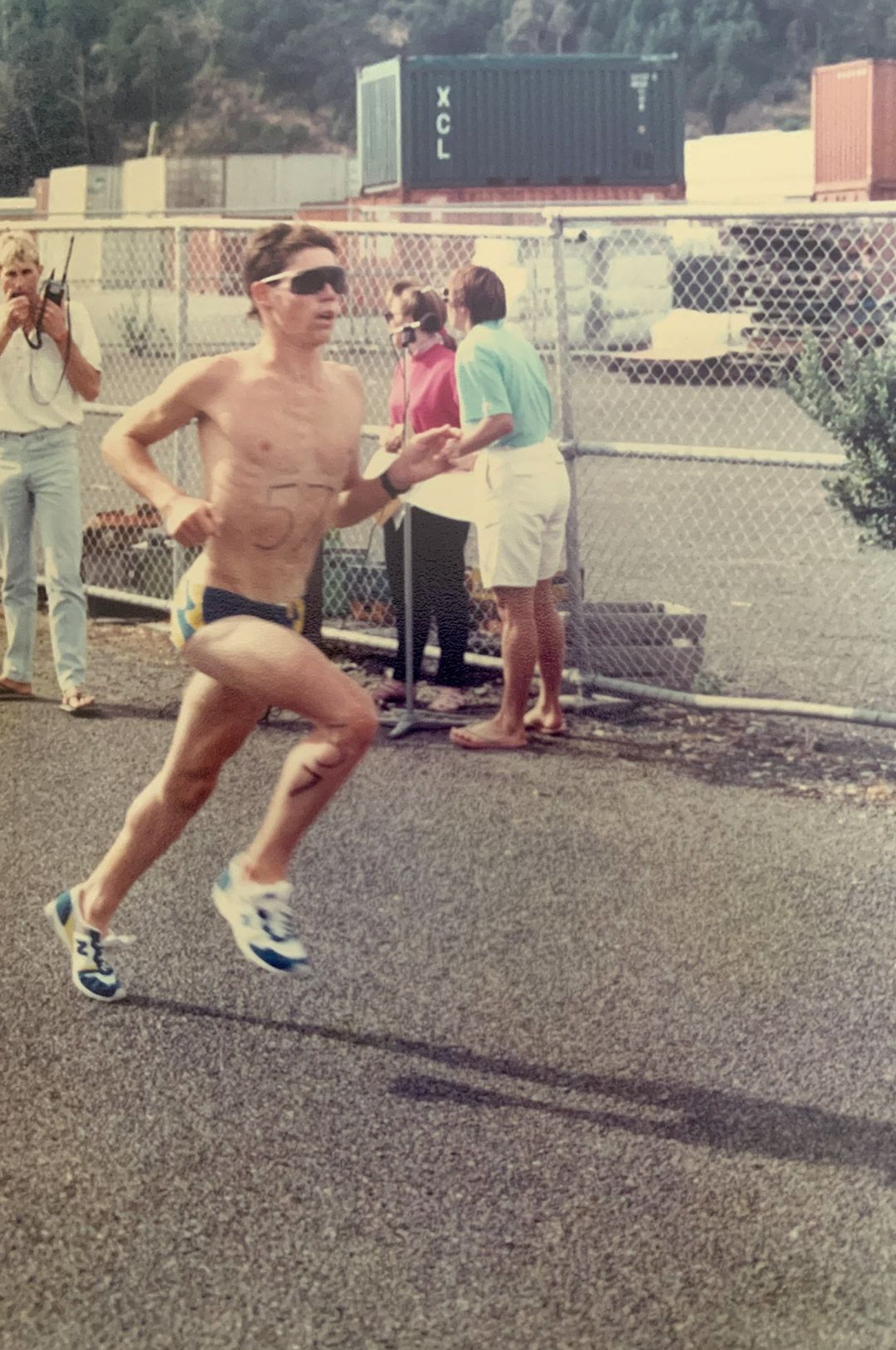
I definitely had a more traditional progression in sport if you want to say that. I started off with the Sprint distance, then moving into the Olympic distance when I was 16 and trying to make the Olympics at Sydney 2000. I did my first Half Ironman when I was 21 but really started in long distance in 1997 when I did my first Ironman which ended up being a disaster! A bad back hampered my race, but I pushed on and finished 23rd. I missed the next year but made a real effort to finish second in 1999 when Ironman New Zealand moved from Auckland to Taupo.
LO: You make the jump to long course racing in the late 90’s. Looking at the racing pedigree back then it’s was very impressive, what was it like racing in those years?
CB: Racing back in the 90’s was pretty cool as there were only a few Ironman’s in the world at that stage, Hawaii, New Zealand, Canada, Germany, Japan so if you won an Ironman you were a superstar! Olympic distance racing was getting faster and faster with everyone trying to qualify for the Sydney Olympics, I just didn’t have the speed so that was when I decided to give long course racing a real go.
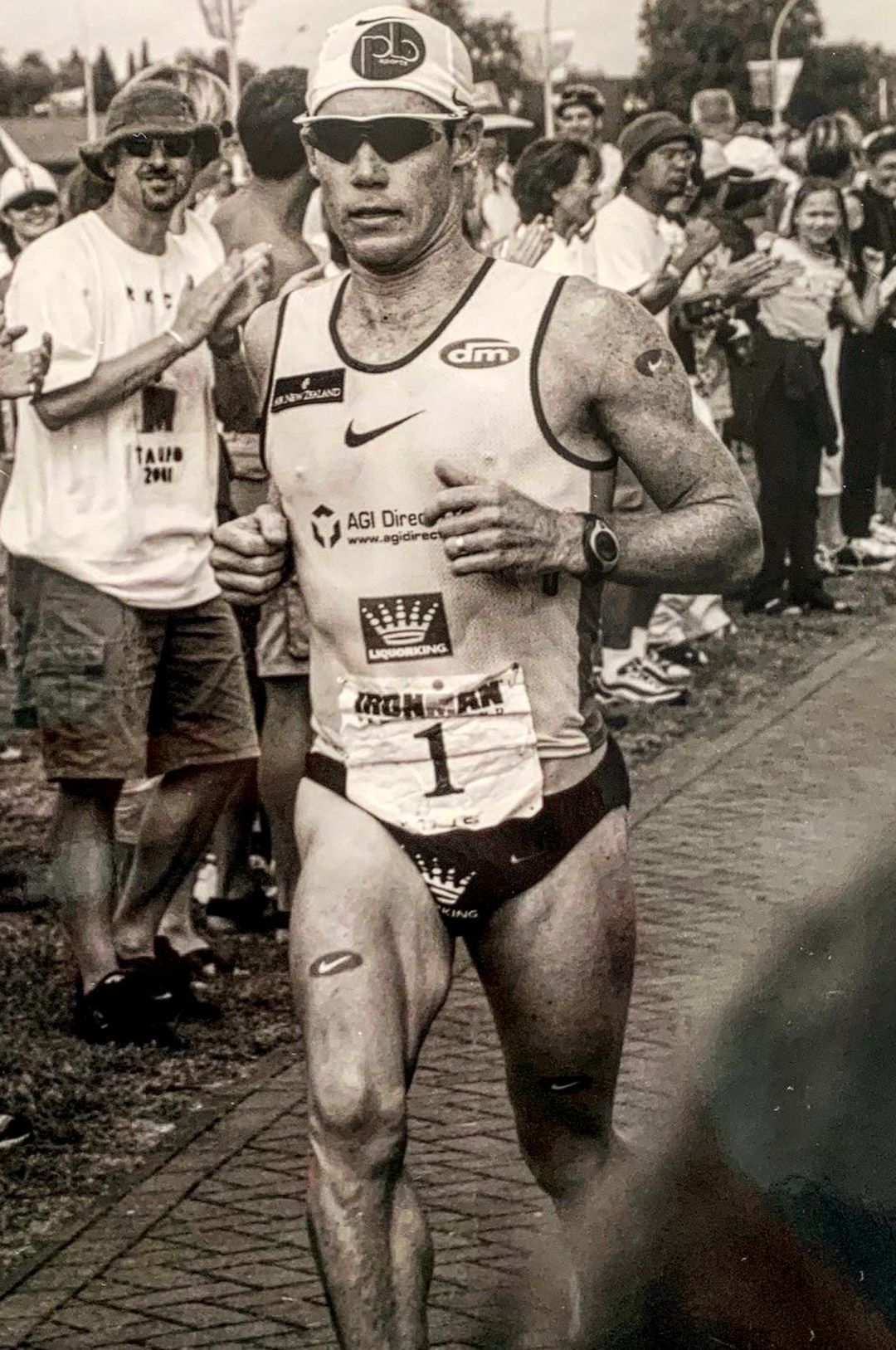
LO: So, after that disaster in 1997, you raced IMNZ for the second time in 1999, finishing second and then second again the following year. But, in 2001 you won, and you finished second at Kona that year, amongst a handful of other podium finishes. Would you consider this your breakout year?
CB: After my first try at an Ironman, I went away very humbled. I vowed to myself to turn up much more prepared and managed to finish 2nd by 13 seconds in 1999 to Tim De Boom (De Boom would go on to win The World Championships in Kona in 2001 and 2002).
After that second place, I decided to try a new coach. I found Scott Molina (Hawaii 1988 Champion) and overnight he changed my training and almost doubled my training mileage. I had immediate success under Scott’s tough regime and had two 2nd places, and two 3rd places under him in Hawaii.
“I decided to try a new coach. I found Scott Molina (Hawaii 1988 Champion). Overnight, he changed my training and almost doubled my training mileage.”
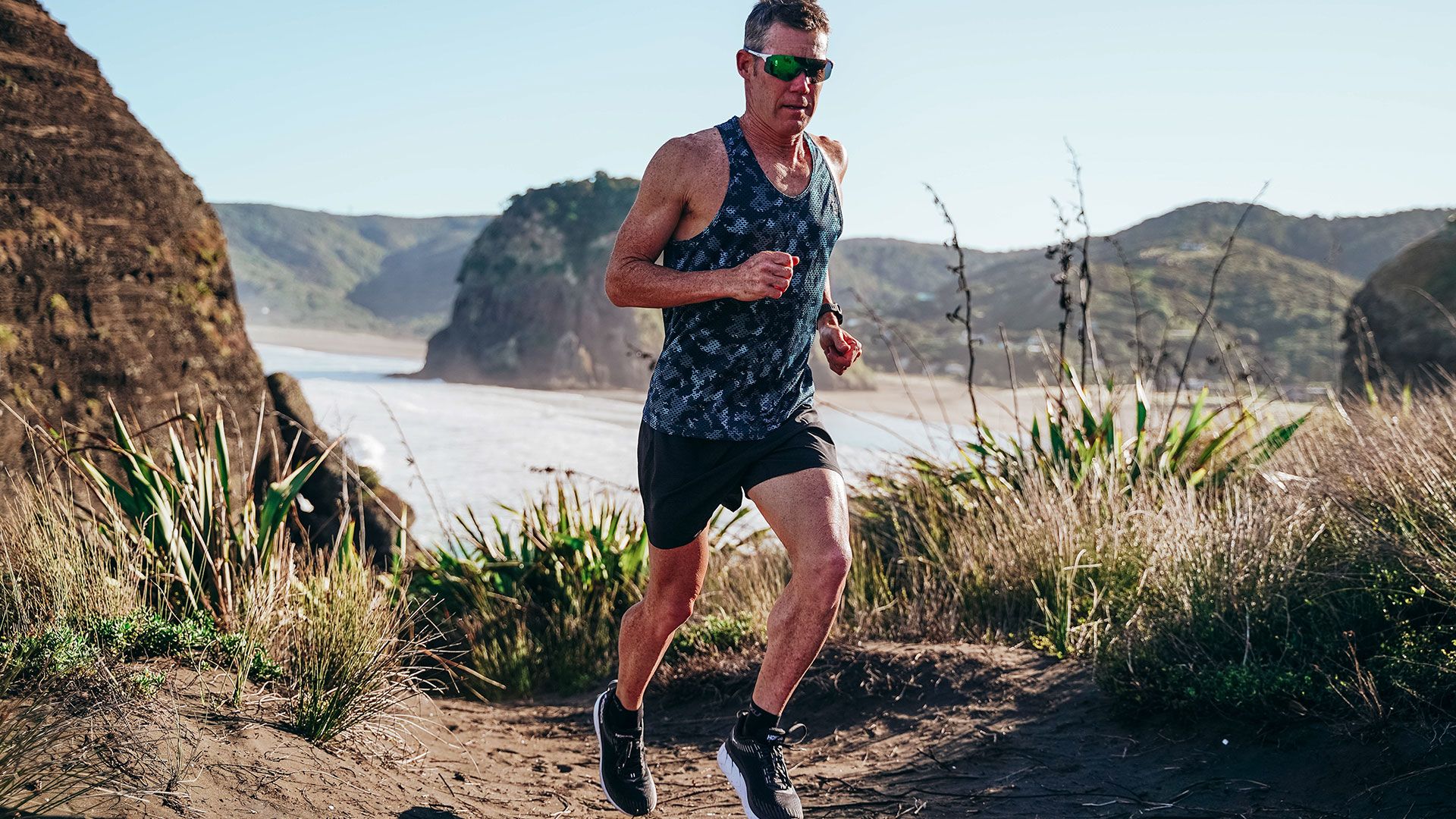
LO: During this time, we also saw the rise of triathlon in Europe, with Germany and France becoming the new place to race rather than the US, what was it like racing in Europe?
CB: Racing in Europe was fantastic. I wanted to race the best athletes in the world and Ironman Germany, the European Championship, was the hardest race outside of Hawaii to win at the time. I would spend 6-8 weeks training in France, Switzerland and Germany to prepare each year so I would be in the best shape coming into that race.
I had three 2nd place finishes in Germany before I finally won in 2006, so I was consistent to say the least. Training in Europe was inspiring from a scenic point of view as the roads to ride on were full of amazing climbs and brilliantly smooth tarmac. You also had great weather in June and July, along with training amongst the best competitors and friends. The pastries were also amazing!
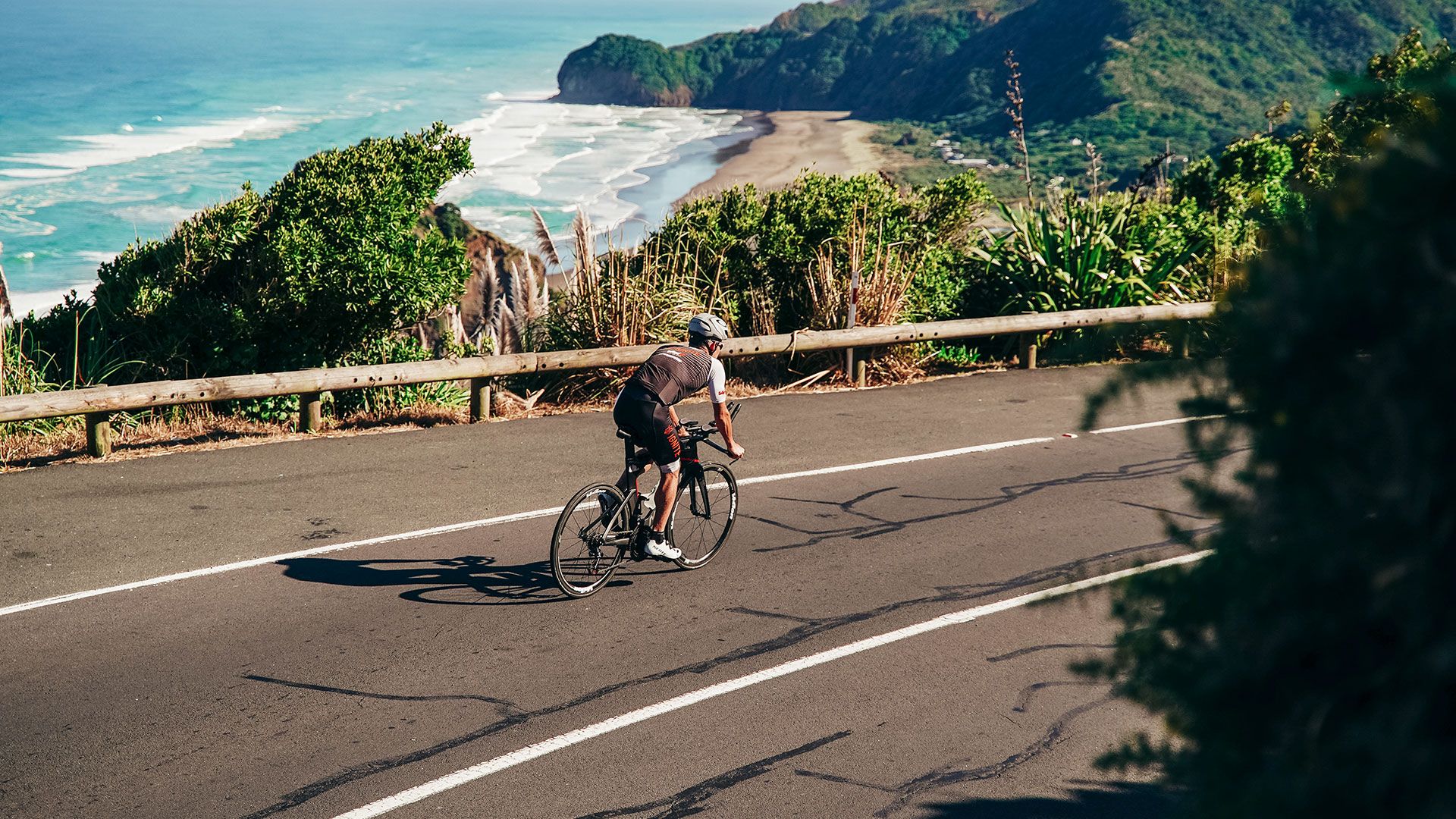
LO: Rewinding back to that victory at IMNZ in 2001 – this seemed to start what is, and probably will remain, the greatest winning streak (2001 – 2005) at a single race in the sports’ history. How do you feel when you hear that?
CB: My dream when I watched Ironman New Zealand in 1987 was to one day win the race, but I never thought that would actually happen. When I won in 2001, I was pretty emotional. I couldn’t imagine not doing IMNZ over a Kiwi summer, so I just kept coming back each year. I just love training through our summer preparing for the race.
LO: In 2006 you had a blip finishing second, but then in 2007 you started another streak that lasted another five years (2007 – 2011). You created this sort of fortress around the race – competitors started to come here to dethrone you. Did you see this as extra motivation?
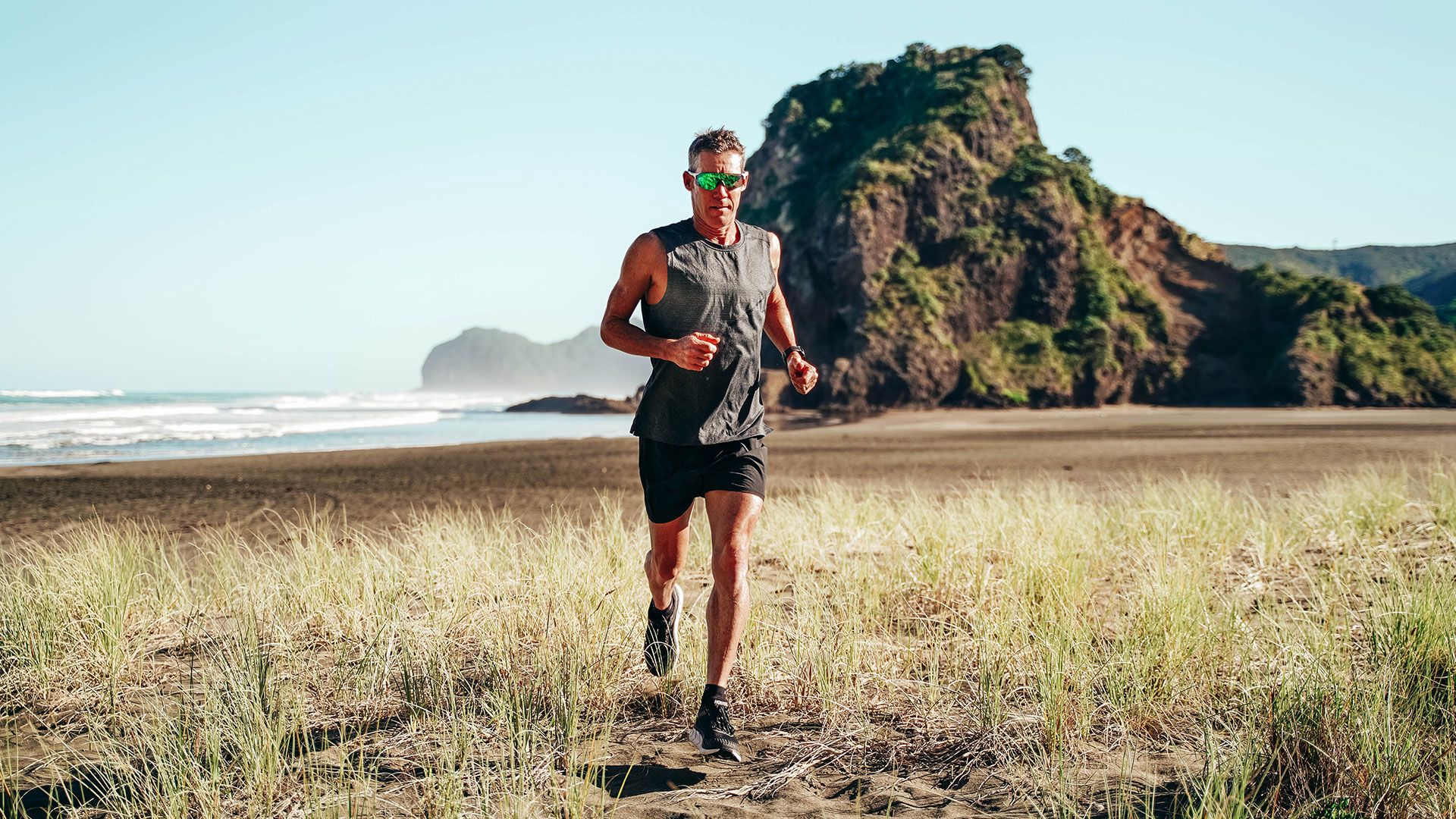
CB: In 2006 the race was hit by a weather bomb over New Zealand and you could surf on lake Taupo! The race organisers cancelled the swim and waited until lunch time to start the race, but by then it was too late to race over 180km bike and 42km run. So, so we raced a 90km bike and 21km run in a time-trial format. I finished second by 40 seconds and was pretty disappointed.
The same thing happened again in 2012, and we had a half Ironman the following day where I finished third. On both days I was in fantastic shape and felt I could have won over an Ironman distance, but that’s history and you can’t control the weather.
LO: Of course, the ultimate finish line for long course triathletes is Kona. You have had a fairly consistent performance on the big island with some outliers. Do you think it’s a race of two extremes?
CB: Hawaii is such a beast of an event and so hard to get right. You can have the slightest thing go wrong in the lava fields and it can completely put you off. Everything is amplified there. The first time I did Hawaii in 2000 was another disaster. I was not prepared for the heat, humidity and wind that the island threw at us.
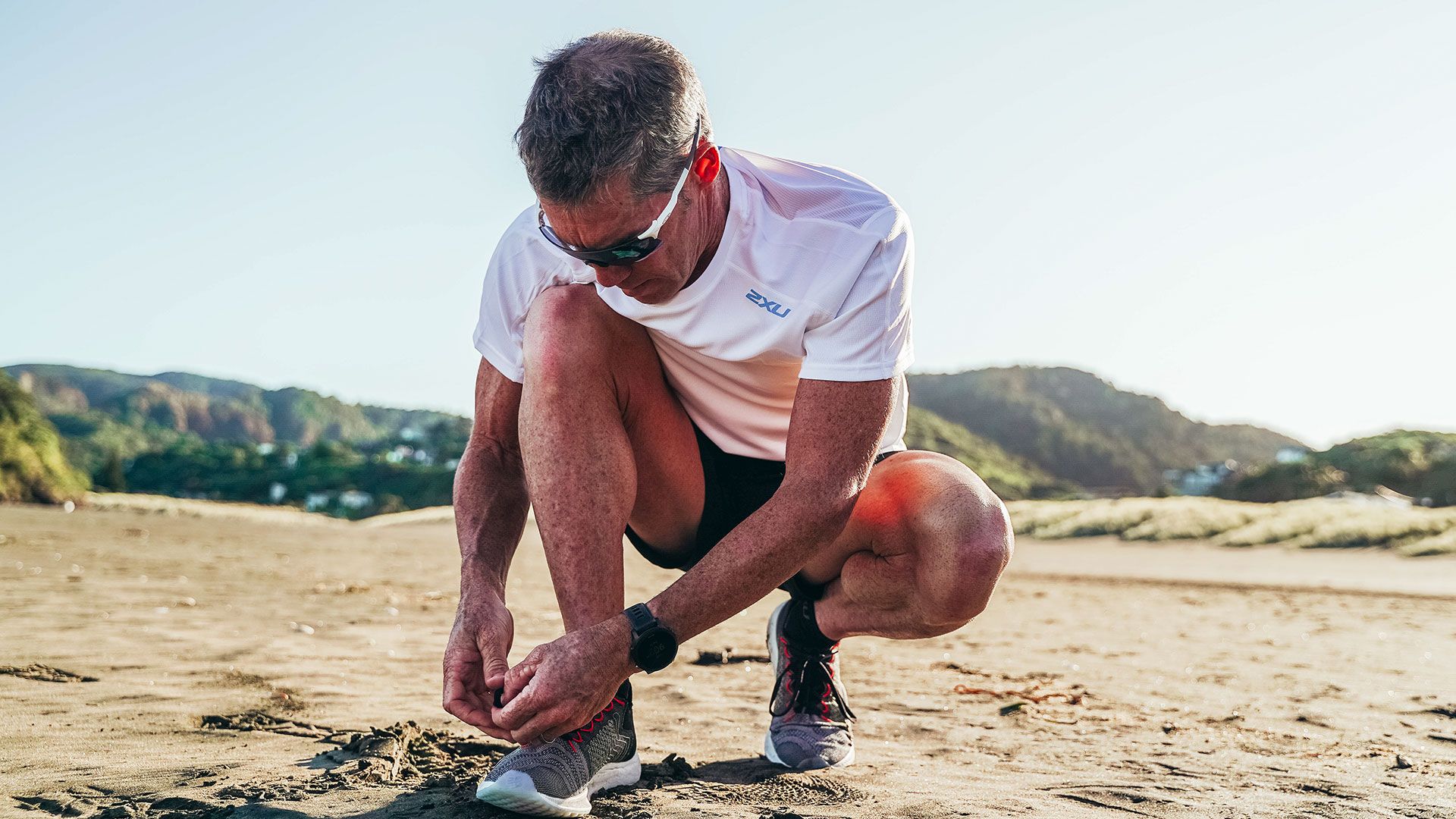
I prepared better the following year and finished 2nd in 2001, 3rd in 2002 and 2003, 2nd in 2005, 8th in 2006, 5th in 2009. After that, I was hit with a shocking run of bad luck – injuries, getting sick and even bee stings the night before. I’d love to go back one day as an Age Grouper and see if I could get on the podium.
“I need to count up how many Ironman events I’ve done over the years, but off the top of my head, it must be hitting close to 70. I still have plenty of races to do and places to visit, so I’m highly motivated to keep training like a twenty-year-old.”
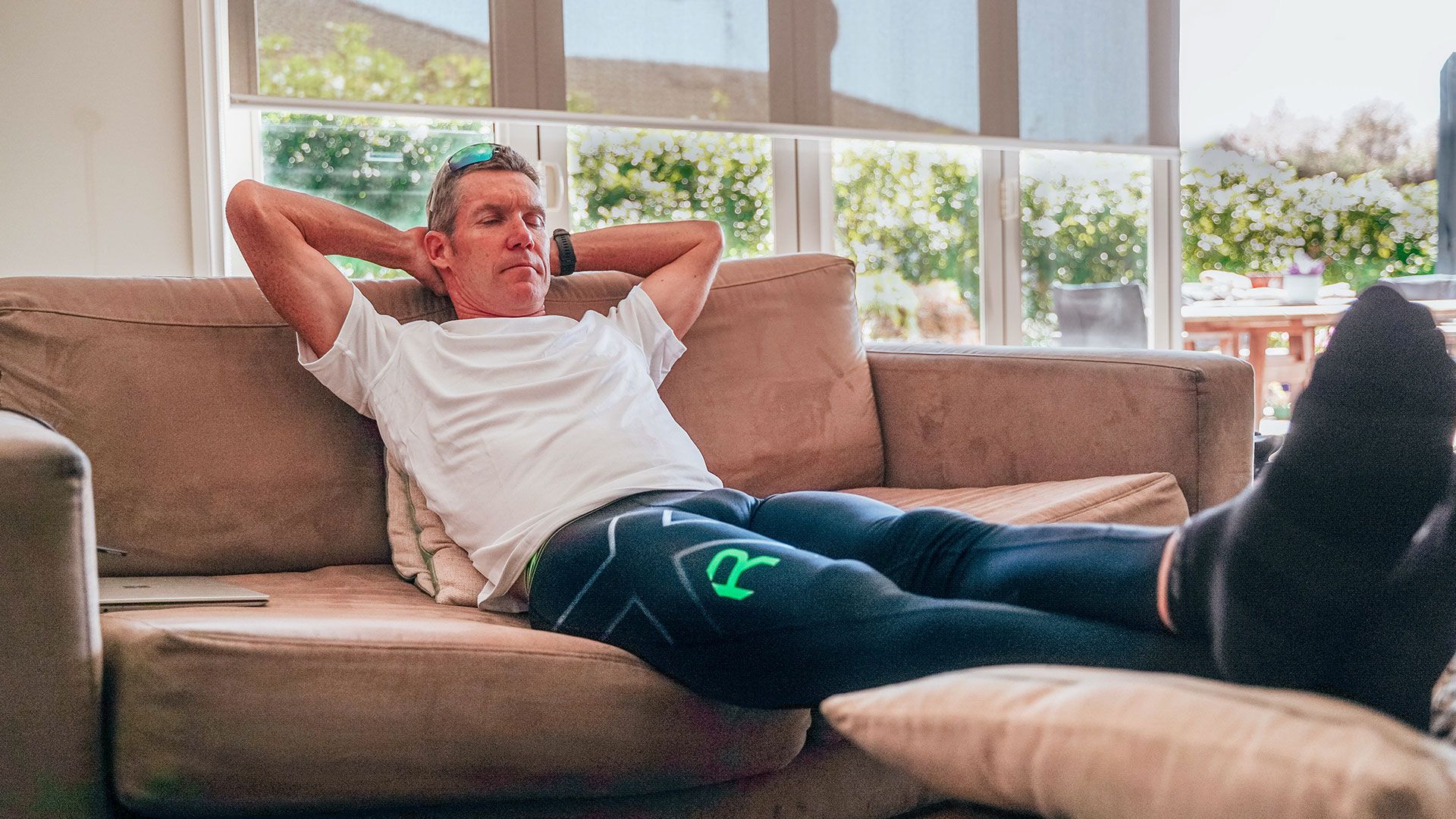
LO: We could sit here and chat about your career for another week covering off all the finish lines you have crossed, but I’m guessing that your performance on the weekend shows there is still plenty of fuel in the fire for more racing?
Yes, finishing 6th in 8:14hr on a limited run build up has me very motivated for the 2020 season. I have no niggles after the race so I’m super keen to start the build-up to Ironman Asia Pacific champs in Cairns in June then a bucket list race I’m planning will be Ironman Canada on August 30th. The race is returning to Penticton, British Columbia and it’s one of the original races from the nineties.
I need to count up how many Ironman events I’ve done over the years, but off the top of my head, it must be hitting close to 70. I still have plenty of races to do and places to visit, so I’m highly motivated to keep training like a 20-year-old.





Comments ()